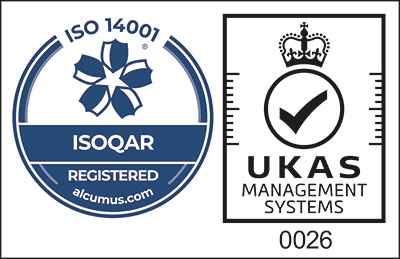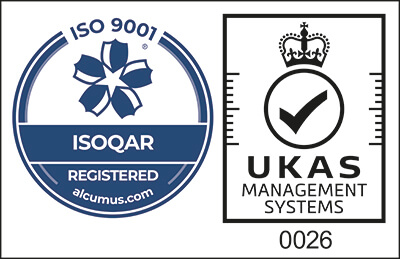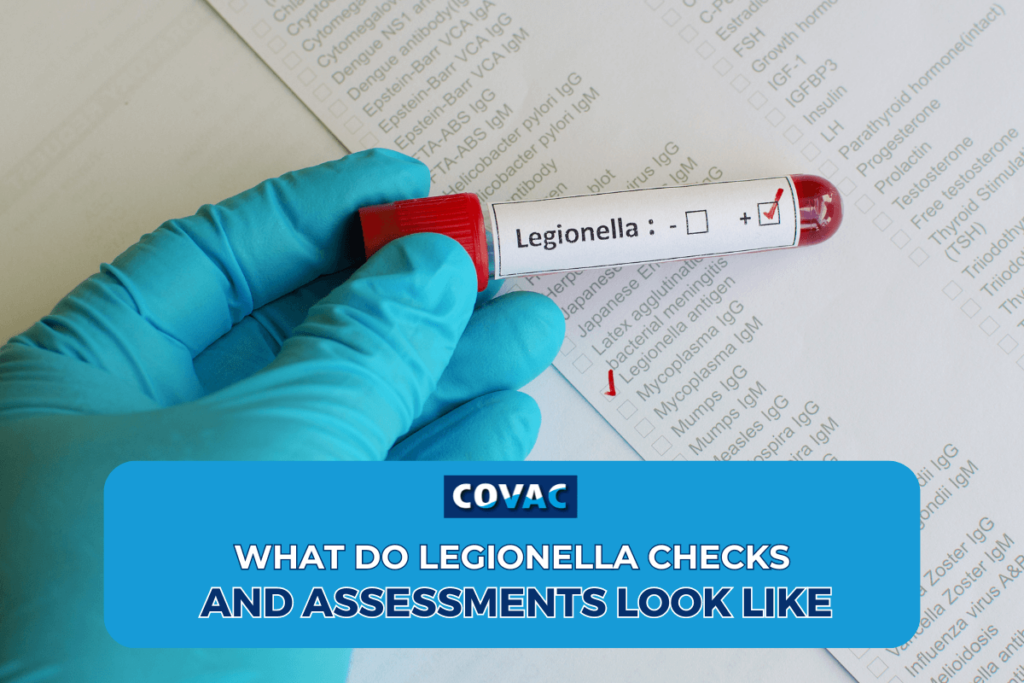
Legionella checks are quarterly water hygiene risk assessments that ensure your hot and cold water systems are healthy and that there are no Legionella bacteria inside. There are a few reasons why Legionella may develop in your water tank, so there are steps you can take to avoid it.
Water tank maintenance and attention to your tank lining can impact the rate at which various bacteria and fungi grow in your tank, so it is important to be aware of them.
In this article, we will discuss what Legionella checks are, why Legionella may develop in your tank, the effects the bacteria can have on the human body, and the methods you can use to prevent growth.
What is Legionella?
Legionella is a bacteria that thrives in highly nutritious aquatic environments. It can cause Legionnaires’ disease. This is a severe lung infection you could develop after inhaling infected droplets of water or ingesting it from a potable water tank.
Legionella checks usually identify the bacteria in water tanks in public areas, such as workplaces, hotels and hospitals. Without the correct water tank maintenance, Legionella develops far faster and risks public health.
What are the symptoms of Legionella?
The symptoms of Legionnaires’ disease usually start with a cough. This can then develop into other severe symptoms of legionella including difficulty breathing, chest pain, a high temperature and flu-like symptoms.
It can take three to five days for the sufferer to begin responding to treatment and simple antibiotics usually cure the illness. Despite this, as many as one of every ten people infected will die from complications.
This is why Legionella checks and general water hygiene risk assessments are integral.
Why does Legionella grow?
There are several reasons why Legionella grows, and each of these reasons should be considered during Legionella checks to ensure every avenue is assessed.
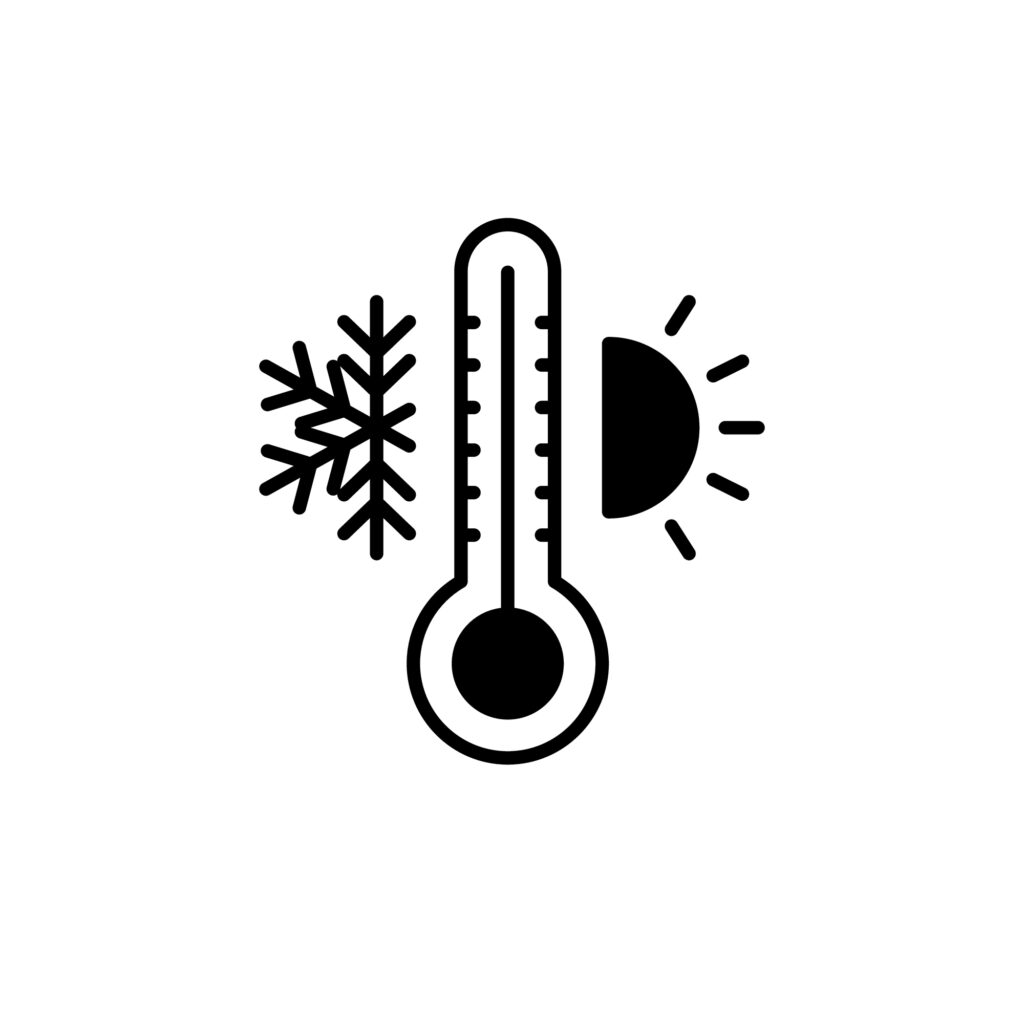
- Inadequate disinfection
Chlorine, mono-chloramine, and chlorine dioxide are all disinfectants commonly used in water tanks in small amounts to ensure the water inside is hygienic. But there is no risk to human health.
If there is a lack of disinfectant in the water, and the conditions in your tank are also lacking, Legionella will grow.
- Temperature
Your water hygiene risk assessment will evaluate whether the internal temperature of your tank is negatively affecting the temperature of your water. Legionella tends to grow in temperatures of around 25°C to 45°C. So it is important to avoid these middle temperatures and pick an end of the spectrum depending on the intended purpose of the water.
It is important to note that weather conditions can affect the temperature of the water in your pipes, so you should adjust the tank temperature to suit fluctuations.
- Stagnation
Certain areas in your system might harbour the perfect conditions for stagnation. Stagnation can allow for the colonisation of microorganisms which can contaminate water systems.
Water hygiene risk assessments will identify areas susceptible to stagnation and suggest alterations that will prevent the development of biofilm and Legionella.
- Lack of maintenance
The longer you ignore your water tank maintenance, the more likely it is that Legionella will develop. Water tank maintenance includes relining, refurbishment, repair and cleaning of every component.
Regular water tank maintenance will lessen the probability of Legionella developing in your tank and creating a health hazard.
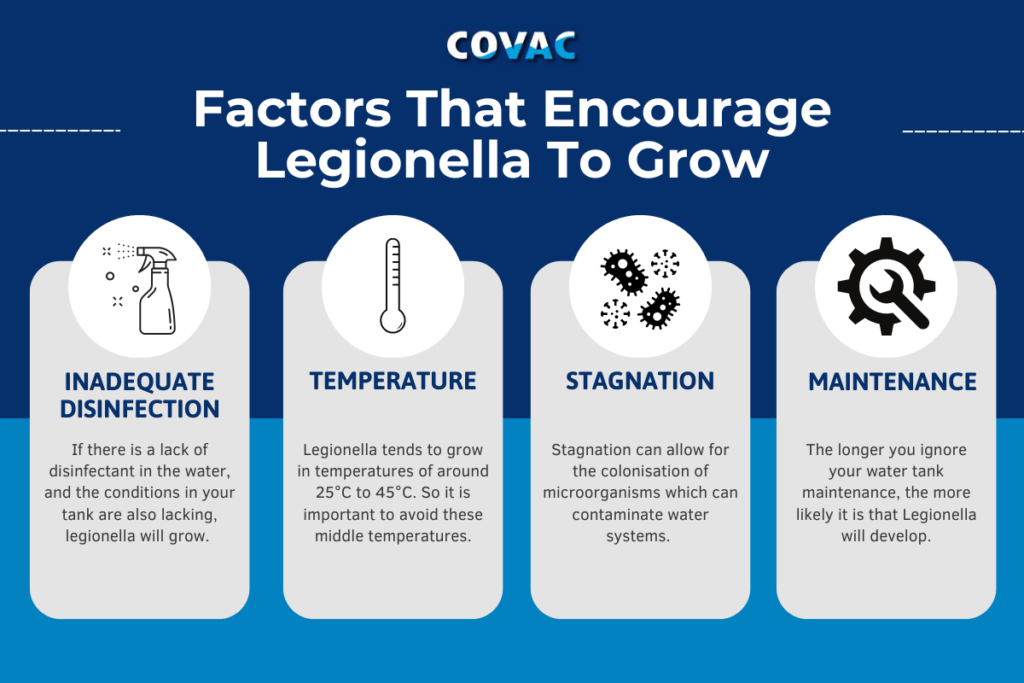
HOW LONG DOES LEGIONELLA TAKE TO DEVELOP IN WATER?
Whilst different factors affect the rate of Legionella growth, it can take as little as two weeks to become problematic in water. This is because of the rate of the bacteria multiplication.
What are Legionella checks?
Legionella checks are required by law under the Health and Safety at Work Act 1974 and should be conducted every two years. General water hygiene risk assessments should be done far more often.
Legionella checks will identify the bacteria in your tank promptly and ensure conditions are unsuitable for its growth. They can also offer suggestions as to changes you could make to hinder its development. Legionella checks should also be carried out if circumstances change. For example:
- The purpose of the building has changed
- The water system has changed
- Company personnel has shifted
- The building is occupied as opposed to unoccupied
- The relevant legislation has altered
- Legionnaires disease has been reported
The Legionella checks will review the results of your previous assessments and ensure all recommended action has been taken. A physical inspection will determine whether legionella may be present. Consultations with those responsible for controlling the water tank’s bacteria will occur. Those carrying out your Legionella checks will then create a report focusing on several primary factors.
- The risk level of infection to those in the building (who is susceptible?)
- Description of your water storage tank (including type, insulation, and accessibility)
- Water outlet temperature
- Additional areas of risk (redundant pipework, maintained valves)
Legionella checks cost around £250, but more complex sites could cost at least £2,000. This is a small price to pay for the safety you provide those who use your water tank.
How to prevent Legionella
Regular water tank maintenance is the best way to prevent the development of Legionella. Ensure your cylinders are checked monthly for hot water tanks and bi-yearly for cold water tanks. Additionally, you should remove dead ends in pipework that can cause stagnant water and adequately insulate pipes and tanks as preventative measures.
Installing water tank lining can help prevent cracks in the tank’s surface. This can allow the ingress of bacteria which can encourage the development of Legionella. Furthermore, frequent cleaning and water hygiene risk assessments are equally vital.
How can COVAC help?
Although we don’t offer a Legionella checks service, we can help you maintain your water tank to hinder the development of bacteria. Our Acothane DW tank coating is an incredibly effective protective barrier between your water and external elements. Furthermore, we offer tank refurbishment to return your tank to its former glory. Contact us now if you’re interested in any of our services!





